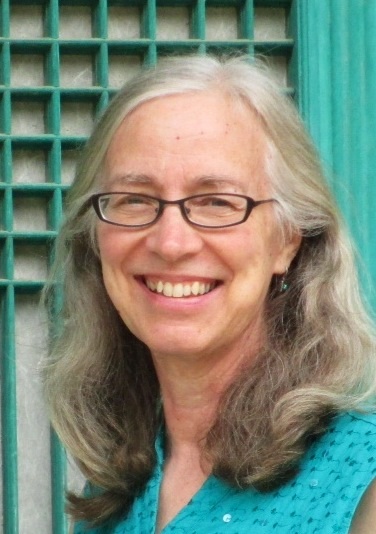
CZJabs@comcast.net
443-226-6626
ASSOCIATE PRACTITIONER
I have practiced Acupuncture and Qi Gong for more than two decades. Over the past several years, I’ve added Medical Qi Gong and essential oils to my practice. Both are components of ancient Asian healing systems. They offer gentle ways to untangle troublesome symptoms and create ‘take-home’ practices to further the benefits of treatments. I often describe Qi Gong as ‘DIY Acupuncture’ or ‘Medicinal Movement.’ Easy to learn, fun to do, highly beneficial — and economical!
What I love most about this work is seeing how it empowers people to heal, learn, grow and, over time, connect more fully with their life’s purpose. Even when serious illness or wounds from traumatic injuries have gotten in the way of this for years. Medicine at its best is not just about relieving symptoms although that usually happens along the way. Needles, words, herbs, essential oils, movement practices, all of these serve as agents to guide us back to the person we’re here to be. Our symptoms often guide our way, and tend to fade as we find it.
I also love all the levels of connections I get to have with my clients. Asian healing arts see the body, mid and spirit as a continuum, not as separate departments that need separate specialists. In this work we connect physically through touch. Mentally through conversation, examining and reframing narratives that shape our experience. And spiritually by acknowledging our beyond-self connections and capacities. Partnering on all these levels reveals healing possibilities to address suffering—on all these levels.
Finally, I treasure the seasonal framework of Asian healing arts. Unfolding the gifts of each season in turn reconnects us with the cycles of nature. And it lets us focus on specific issues without losing sight of the whole. I see this as one of the great contributions of this tradition to current conversations about health and wellness. (You can read more about this in seasonal articles posted on this websites.)